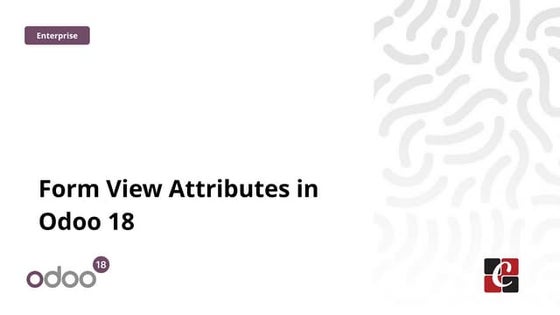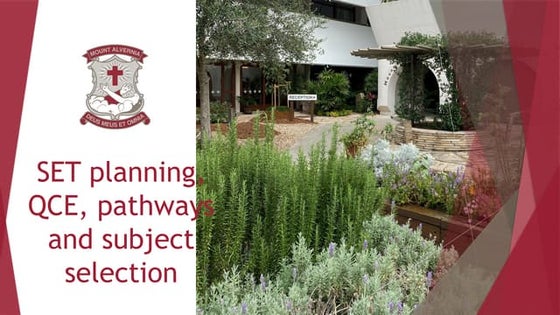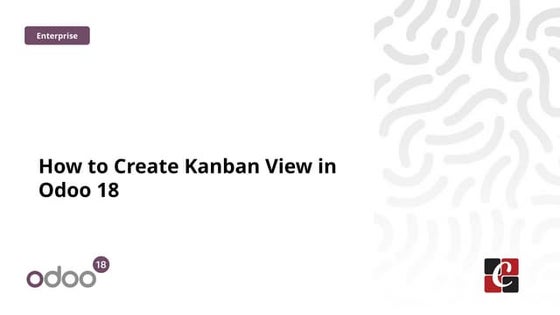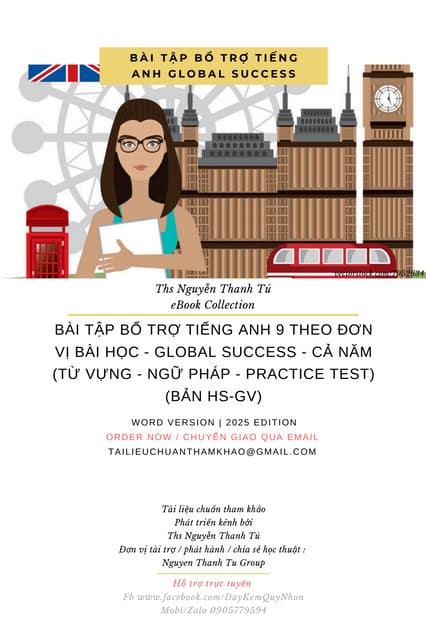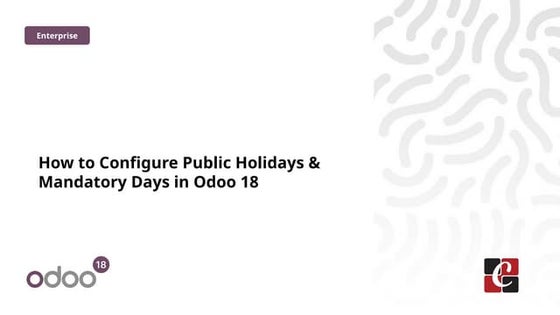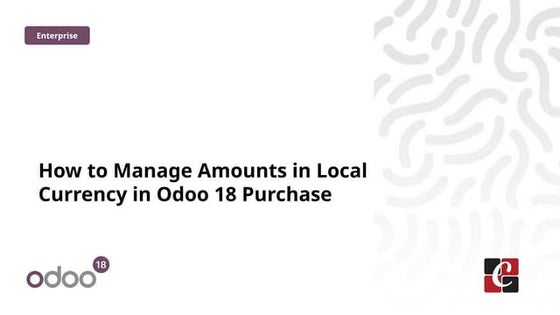700774364-Mathematics-for-All-the-Role-of-Numeracy-in-National-Math-Program.pptx
- 1. Presentation Outline Session Objectives Brain Exercises Introduction: K to 10 Mathematics Curriculum Framework Numeracy Key Components of Numeracy National Mathematics Program Wrap Up
- 2. At the end of the session, participants will be able to: gain deeper knowledge and understanding of numeracy and its key components; discuss and explain the features of the National Mathematics Program; and foster adaptability and openness to embracing the National Mathematics Program. Session Objectives
- 3. Enhanced Basic Education Act of 2013 Conceptual Framework of Mathematics Education Critical Thinking Problem Solving
- 4. Mathematical literacy…a serious problem in the Philippines Philippines rank 2nd to worst in Grade 5 students’ reading, math skills in South-east Asia The average score of Filipino Grade 5 students in mathematics assessment was 288, indicating that they can generally apply number properties and units of measurement, but only 17 percent had the ability to perform mathematical operations, including fractions, and interpret tables and graphs.
- 6. What is early numeracy? Numeracy or “numerical literacy” refers to the ability to reason with numbers and apply mathematical concepts
- 7. Numeracy is the knowledge, skills, behaviors and dispositions that students need in order to use mathematics in a wide range of situations. It involves recognizing and understanding the role of mathematics in the world and having the dispositions and capacities to use mathematical knowledge and skills purposefully. Numeracy Numeracy
- 8. The National Council of Teachers of Mathematics (NCTM) defines numeracy as the ability and disposition to use mathematics to meet the practical demands of life at home, in the workplace, and in society. Numeracy
- 9. The Australian Council for Educational Research (ACER) defines numeracy as the capacity, confidence, and disposition to use mathematics to meet the needs of everyday life. Numeracy
- 10. “To function in today’s society, mathematical literacy (what the British call “numeracy”) is as essential as verbal literacy. These two kinds of literacy, although different, are not unrelated. Without the ability to read and understand, no one can become mathematically literate. Increasingly, the reverse is also true: without the ability to understand basic mathematical ideas, one cannot fully comprehend modern writing such as that which appears in the daily newspapers.” -- National Research Council, 2001 Why is “numeracy” important?
- 11. Why is “numeracy” important? Helps children observe, organize and find meaning in their environment Focuses on reasoning, connecting ideas and thinking logically – important tools children can use to make sense of their world
- 12. Why is “numeracy” important? Relates to other curriculum areas, such as science, social studies, and music Math knowledge, interest, and skill are basic to children’s success in school
- 13. What does the research say about early numeracy? According to the National Council of Teachers of Mathematics (NCTM)… Learning about math is neither short-term nor rote (e.g. chanting 1-10) Children need to manipulate objects and explore math concepts in a materials-rich environment
- 14. What does the research say about early numeracy? This means they need to have the opportunity to touch things when they count Use a variety of different things to count: blocks, dolls, cars, dried peas or beans etc. To give children the opportunity to understand mathematical concepts through real events e.g. time, length, weight etc
- 15. What does the research say about early numeracy? Technology if used age appropriately, can be one component of early math education Children need time and freedom to construct, test, and reflect on (think about) their ideas about math
- 16. What does the research say about early numeracy? Natural conversations with adults help children extend their thinking about math Activities/concepts should be grounded in the familiar and their everyday life.
- 17. What does the research say about early numeracy? According to the authors of “Mathematical Language in Early Childhood Settings: What Really Counts?” Language is an important tool for teaching mathematics The most effective mathematics instruction occurs when people working with children take a “playful approach”
- 18. What does the research say about early numeracy? According to the authors of “Mathematical Language in Early Childhood Settings: What Really Counts?” We need to “stack the deck” so that children have a wealth of opportunities to encounter interesting mathematics
- 19. In other words,… We support young children’s numeracy development when we purposefully introduce and use mathematical language and concepts during enjoyable activities and everyday experiences. Some people call this process “mathematizing”
- 20. Basic Arithmetic Skills Key Components of Numeracy Problem-Solving Critical Thinking Spatial Reasoning Data Interpretation Mathematical Communication Quantitative Literacy
- 21. Fundamental operations subtraction, multiplication, like addition, and division form the foundation of numeracy. Key Components of Numeracy Basic Arithmetic Skills
- 22. Problem-Solving The capacity to apply mathematical concepts to solve real-world problems, make decisions, and analyze situations. Key Components of Numeracy
- 23. Critical Thinking The ability to think logically and critically about quantitative information, assess its relevance, and draw meaningful conclusions. Key Components of Numeracy
- 24. Key Components of Numeracy Spatial Reasoning Understanding and interpreting spatial relationships, shapes, and structures, which is crucial in fields such as geometry and engineering.
- 25. Data Interpretation interpreting data Analyzing and presented in various forms, including tables, graphs, and charts. Key Components of Numeracy
- 26. Mathematical Communication Expressing mathematical ideas clearly and effectively through written, oral, or visual means. Key Components of Numeracy
- 27. numerical information and Quantitative Literacy Having a general understanding of its implications in different contexts, such as finance, science, and everyday decision-making. Key Components of Numeracy
- 28. Early Grade Mathematics Assessment (EGMA)
- 31. National Mathematics Program (NMP) The National Mathematics Program (NMP) is a proactive approach that addresses the diverse needs of Key Stage 1 learners by providing more focused, targeted instruction and reinforcement aligned with the national curriculum to learners with the greatest need for personalized attention.
- 32. National Mathematics Program (NMP) Guided by the principles of collaborative learning, differentiated instruction, play-based approach, and hands-on learning, this program will enable learners to enhance their foundational mathematical skills and knowledge, preparing them to navigate an increasingly math-driven world.
- 33. National Mathematics Program (NMP) Cultivating mathematical proficiency at the foundational level and fostering a culture of positive attitude towards Math, this program operates on the following guiding principles: A shared belief that all learners can learn and progress as a result of strong foundational skills acquired during the formative years of instruction.
- 34. National Mathematics Program (NMP) A shared commitment to quality classroom instruction that is informed by relevant and quality learning and assessment resources anchored on the standards. Targeted mathematics instruction that requires recognizing what students need to know and learn and then challenging and supporting them to learn it well. This entails designing instruction that is adaptive and fluid i.e., not determined by specific placement or categories, but supported by data from the diagnostic assessment, progress monitoring, and how a learner responds to the mathematics learning experience.
- 35. National Mathematics Program (NMP) A leadership team that clearly provides constant guidance and is actively engaged in addressing issues (such as identifying and removing learning barriers), coupled with technical assistance (planning to promote collaboration and teaching discussion, and mobilizes resources (provision of relevant tools and materials) to the learners and teachers for the smooth implementation of the program.
- 36. Goals and objectives of the NMP Enhance mathematical understanding Address individual learning needs Foster a positive attitude toward Math
- 37. Goals and objectives of the NMP Enhance mathematical understanding Provide engaging, fun, and interactive learning experiences that allow learners to solidify their understanding of fundamental mathematical concepts and enhance early numeracy skills that will help and prepare them to progress to higher mathematical concepts and skills in later schooling.
- 38. Goals and objectives of the NMP Address individual learning needs Cater to the diverse learning needs of students by offering targetted instruction tailored to their abilities based on sound assessment practices.
- 39. Goals and objectives of the NMP Foster a positive attitude towards Math Cultivate learners with a positive attitude learning towards coincides math in which social-emotional with academics, and each can help strengthen the other resulting in a more engaged and active learner.
- 40. National Mathematics Program Grades 1 to 3 learners Strategically support and accelerate learning progress on the mathematical fundamental skills and numeracy among key stage 1 learners Pre and Post- Assessment Tools Rapid Mathematics Assessment (RMA) Duration: 5 weeks (3 days each week = 15 days, from Tuesday to Thursday) Allotted time: 90 minutes per day
- 41. Implementing Guidelines Rapid Mathematics Assessment (RMA) RMA refers to the set of carefully crafted assessment tasks aligned with MELC that aim to identify the strengths and recognize the current mathematical knowledge and skills of key stage 1. This assessment resource package contains a teacher’s booklet, learner’s assessment materials, and scoring sheets that will be used as pre and post-assessment tools.
- 42. Implementing Guidelines This oral assessment will gauge learners' current mathematical abilities based on the Most Essential Learning Competencies (MELC) and identify strengths and areas that need improvement. their The RMA pre-assessment will be conducted during the first week while the post-assessment will happen on the 5th week.
- 43. Implementing Guidelines Designing Mathematics Learning Experiences Considering the critical concepts and skills that key stage 1 learners must practice given the five-week program duration, careful selection and identification of math MELC will serve as the key content lessons. Explicit and active learning experiences focused on mathematical foundational skills are designed, with a strong emphasis on play-based, collaborative, and hands-on learning approaches, and are evident in classroom practices through well-designed activities that provide opportunities for learners to practice and apply concepts and skills attained.
- 44. Implementing Guidelines RECOMMENDED APPROACHES IN DESIGNING MATHEMATICS LEARNING EXPERIENCES Collaborative Approach Concrete Pictorial Abstract Approach Differentiated Instruction Hands-On-Learning Play-based Learning
- 45. Implementing Guidelines Collaborative Approach The collaborative approach allows learners to share ideas between and among themselves thus developing the value of cooperation, respect, camaraderie, and tolerance.
- 46. Concrete Pictorial Abstract Approach The concrete pictorial abstract builds on children’s prior knowledge from the manipulation of concrete materials, followed by learning through pictorial representations then progresses through solving problems using abstract notations. In other words, it teaches mathematical concepts in tangible ways until learners can start solving problems using abstract mathematical symbols. Implementing Guidelines
- 47. Implementing Guidelines Math is learned from concrete to abstract Levels of difficulty build up as the lessons progress.
- 48. Implementing Guidelines Differentiated Instruction Differentiated instruction takes into consideration the unique individualities of learners based on their interests, abilities, and readiness in flexible grouping and using different instructional strategies to differentiate content, process, product, and learning environment.
- 49. Implementing Guidelines Hands-On-Learning Hands-on-learning emphasizes kinesthetic-based activities where learners carry out physical activities to solve problems, manipulate objects while exploring the concept, and play strategic games.
- 50. • Large Clock Manipulative. Use a print-out of a clock, and have students the numbers and cut out large label clock prompts, hands. Giving them have them manipulate the clock to show the correct time. Implementing Guidelines Different Activities for Telling Time
- 51. • Matching cards Use cards with different ways to write times and have the students match them. Puzzles are a fun way to practice matching different representations of time. Implementing Guidelines Different Activities for Telling Time
- 52. Time to Color is a fun and simple way to tell time. Students can color the picture based on a set of times given per color. It also develops the mastery of the different colors and develops the psychomotor skill of the learners.skills Implementing Guidelines Different Activities for Telling Time
- 53. Implementing Guidelines Play-based Learning Play-based learning uses purposeful and well-thought- out tasks where learners can communicate, solve, and strategize through fun and challenging games that appeal to their current interests and support socio- emotional development.
- 54. ✔ Math Scavenger Hunt ✔ Math Jeopardy ✔ Math Card Games ✔ Math Puzzles ✔ Math Trivia ✔ Online and Offline Computer Based Games ✔ Math Trail ✔ Math Bingo Implementing Guidelines MATH Gamification
- 55. TYPES OF INSTRUCTIONAL MATERIALS PRINT AUDIO VISUAL AUDIOVISUAL ELECTRONIC INTERACTIVE Educate learners and help the teaching-learning process be more effective and meaningful.
- 56. Reading Materials Syllabus Lessons Assignments Rubrics and Handouts PRINT TYPES OF INSTRUCTIONAL MATERIALS
- 58. Photographs Charts Cartoons Paintings Drawings Manipulative s and Real-life Objects VISUAL TYPES OF INSTRUCTIONAL MATERIALS
- 59. AUDIOVISUAL Television Films Video Tapes Demonstrations Short clips E- lectures Animations Trailers TYPES OF INSTRUCTIONAL MATERIALS
- 62. "Teaching mathematics is not about imparting knowledge, but about fostering the seeds of curiosity and inquiry." - Unknown



























































































